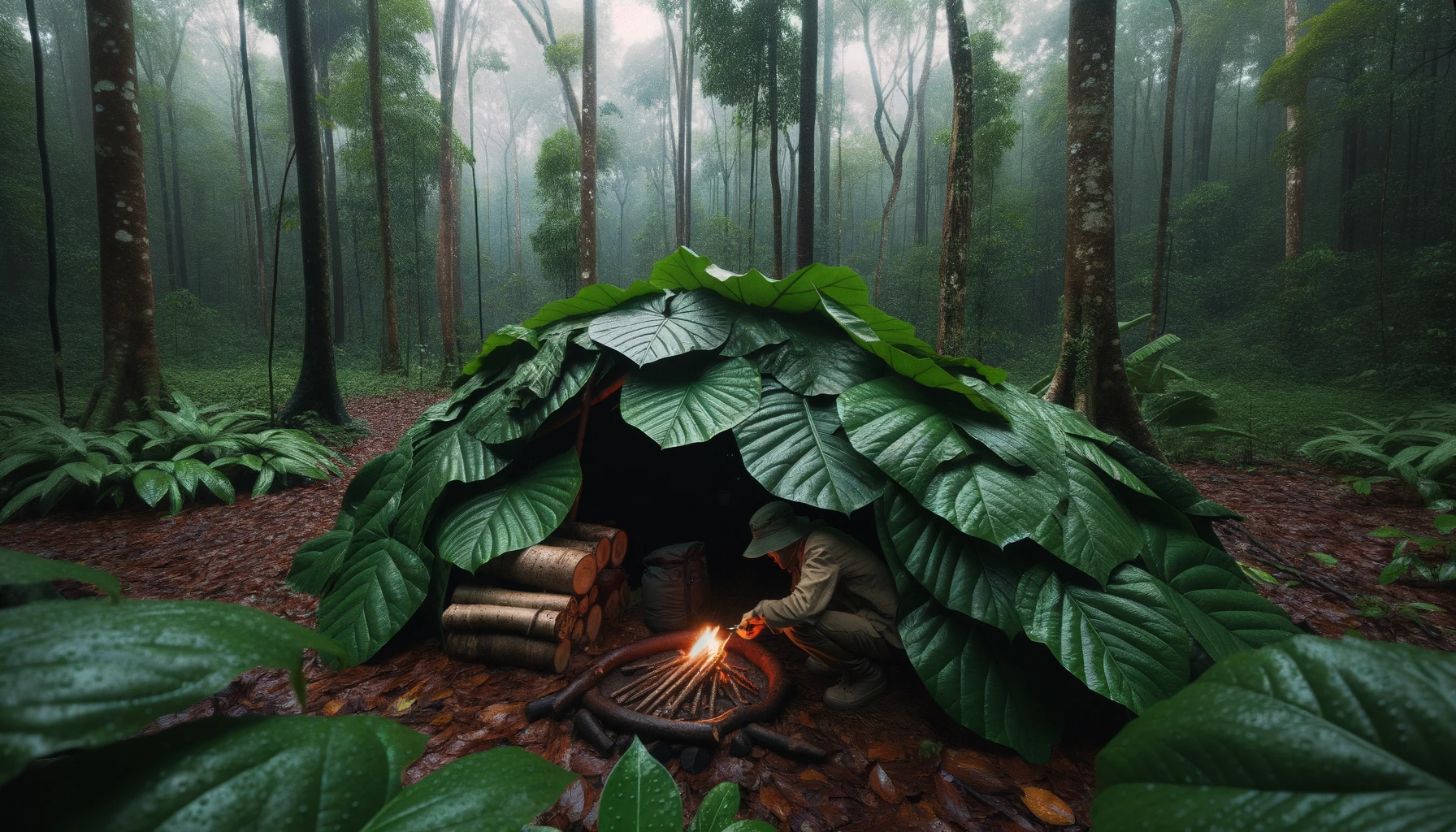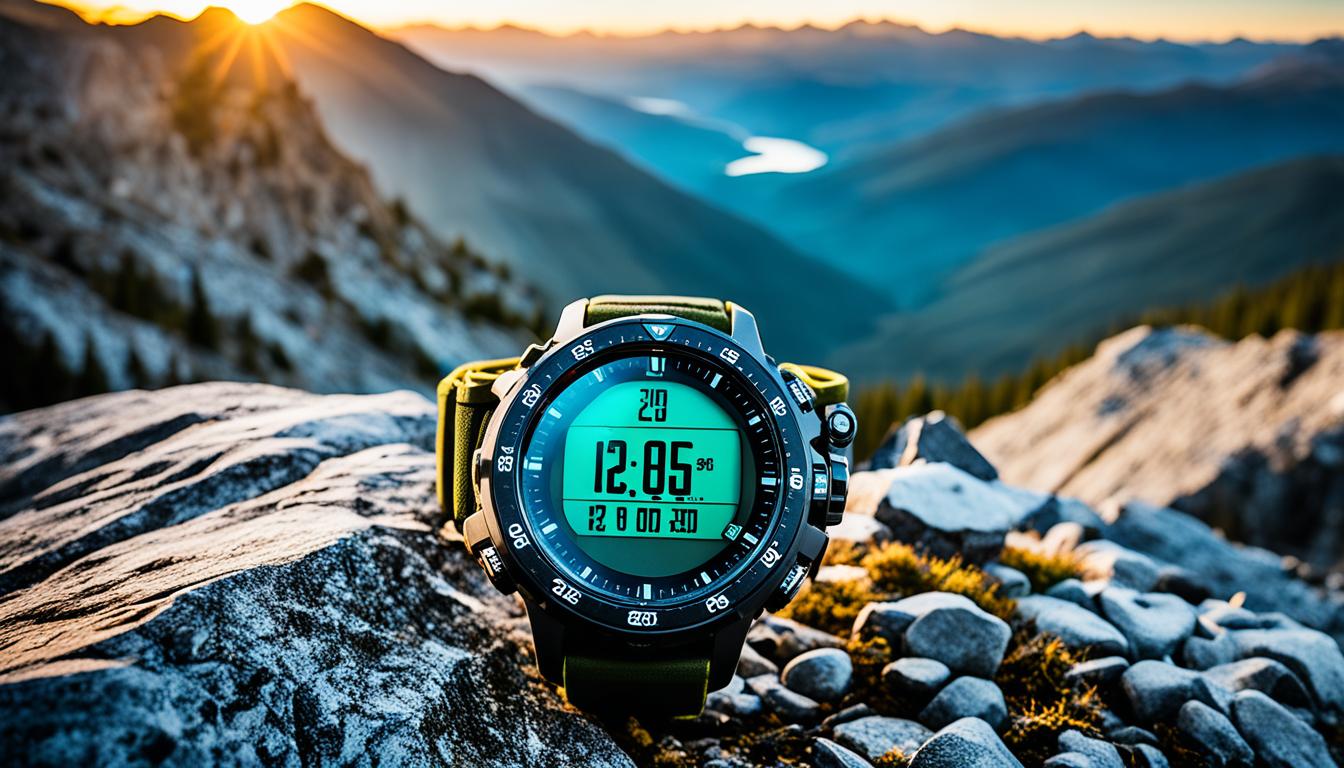When faced with an emergency situation, having the knowledge and skills to survive can make all the difference. From natural disasters to wilderness emergencies, being prepared and equipped with life-saving survival skills is crucial. Our expert guide will teach you essential emergency preparedness, survival techniques, and tips to help you increase your likelihood of survival in challenging circumstances.
By mastering these skills, you can feel confident and prepared for any situation that life may throw your way. From creating an emergency plan to sourcing food in the wild, our guide covers all aspects of survival and emergency preparedness.
Key Takeaways
- Learning life-saving survival skills can greatly increase your chances of surviving in emergency situations.
- Creating an emergency plan and assembling a survival kit are essential components of emergency preparedness.
- Having the right gear and tools can significantly enhance your chances of survival in challenging circumstances.
- Knowing how to find shelter, source safe drinking water, and navigate unfamiliar terrain are all crucial survival skills.
- Mental resilience is as important as physical preparedness in emergency situations.
Understanding the Basics of Emergency Preparedness
Before diving into specific survival skills, it is crucial to understand the basics of emergency preparedness. Having essential knowledge of disaster preparedness, emergency survival skills, and essential survival knowledge can help you stay safe and protect yourself during a crisis.
Disaster Preparedness
Creating an emergency plan is the first step in disaster preparedness. Your plan should include identifying potential risks in your area, determining evacuation routes, and designating meeting points for family or group members.
Disclosure: When you buy through links on our site, we may earn an affiliate commission.
Assembling a survival kit with essential supplies is also crucial. Your kit should include food, water, first aid, and basic tools. Ensure that you store your kit in a safe and easily accessible place.
Emergency Survival Skills
Emergency survival skills are essential to increase your chances of survival in challenging situations. Basic skills like starting a fire, finding shelter, and sourcing clean water can keep you alive in an emergency.
It is also important to learn how to signal distress, navigate in unfamiliar territory, and treat injuries and illnesses to provide critical care in emergencies.
Essential Survival Knowledge
Having essential survival knowledge can help you understand common threats and risks. It includes knowing the appropriate actions to take in different scenarios, such as a hurricane or earthquake, and understanding the importance of staying informed during an emergency.
Take the time to learn the essential survival knowledge you need, stay informed, and be prepared for any emergency.
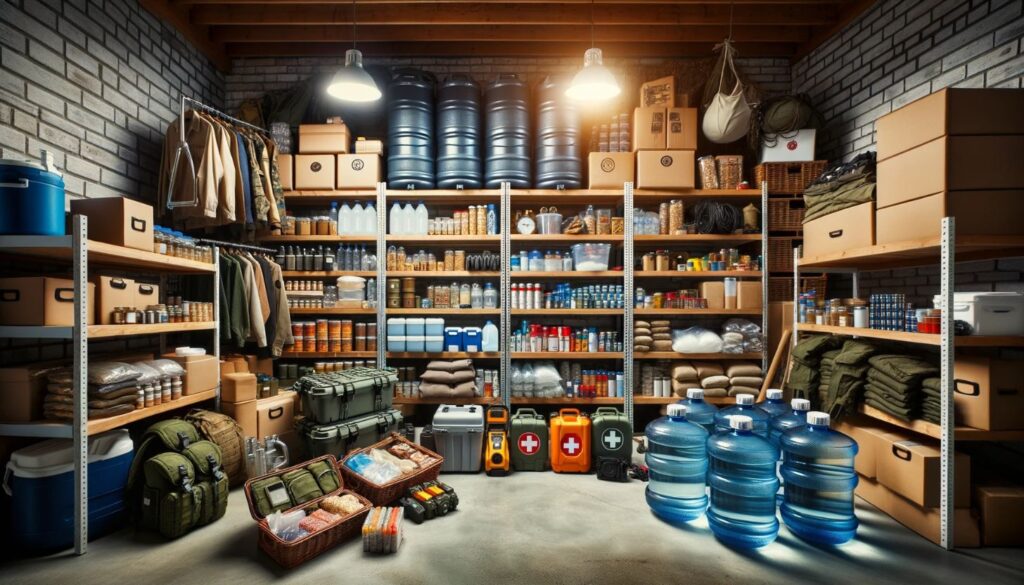
Remember, being informed and prepared is the key to protecting yourself and your loved ones from any emergency situation.
Building Your Survival Toolbox: Essential Gear and Tools
When it comes to survival techniques, having the right gear and tools is essential. Whether you’re facing a wilderness survival situation or a disaster preparedness scenario, the items you include in your survival toolbox can make a significant difference in your chances of survival.
First and foremost, a multi-purpose knife is a must-have. It can be used for everything from cutting rope to preparing food and building shelter. Other essential items to consider include a fire starter, such as waterproof matches or a lighter, a first-aid kit, and a navigation device, such as a compass or GPS.
When selecting gear, it’s essential to choose high-quality items that are durable and reliable. You don’t want to find yourself in a survival situation with gear that is prone to breaking or malfunctioning.
Additionally, it’s important to learn how to use all of the items in your survival toolbox effectively. Take the time to practice using them in various survival scenarios, so you can quickly and confidently use them in an emergency.
The Importance of Adaptability in Wilderness Survival
Survival situations often require adaptability, as circumstances can change rapidly and unexpectedly. When preparing your survival toolbox, consider including items that can be used in a variety of ways, such as a tarp that can be used for both shelter and collecting water.
It’s also important to have backup options for essential items. For example, if your fire starter is lost or damaged, do you have another way to start a fire? Including a few backup items in your survival toolbox can be a lifesaver in a challenging situation.
An additional consideration is the weight and portability of your survival gear. While it’s essential to have all the necessary items, you don’t want to be weighed down by a heavy backpack or kit. Look for lightweight and compact options that are easy to carry and won’t slow you down.
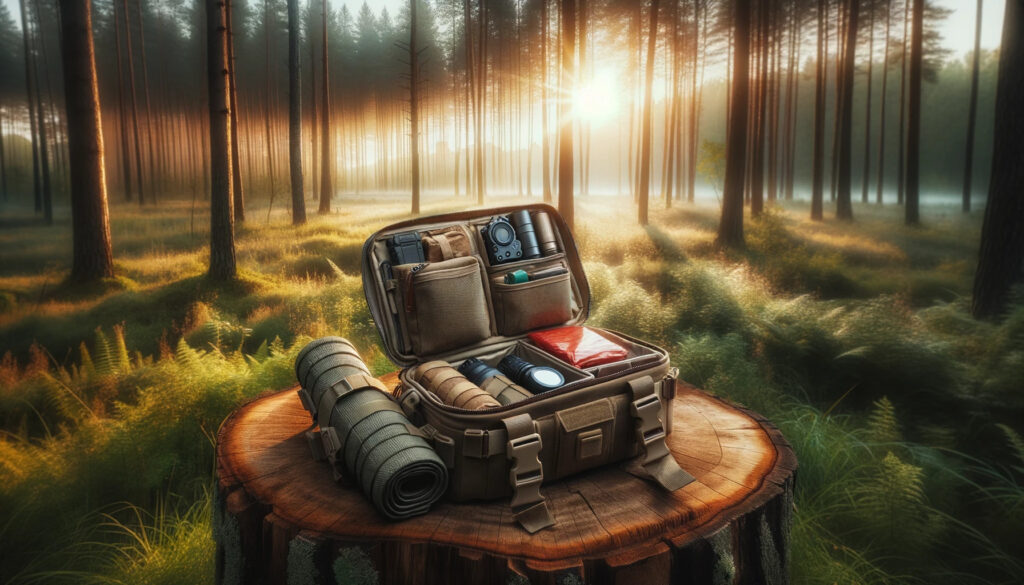
“Having the right gear and tools can make a significant difference in your chances of survival.”
When it comes to wilderness survival, preparing a robust and adaptable survival toolbox is critical. Remember to choose high-quality items, practice using them, and have backup options available. With the right gear and techniques, you can increase your chances of surviving even the most challenging situations.
The Art of Finding Shelter in Challenging Environments
Whether you are lost in the wilderness or facing a disaster, finding shelter is essential to survive in challenging environments. Exposure to the elements can lead to hypothermia, heat stroke, and other dangers. By knowing how to create a shelter, you can stay safe and protected.
There are various techniques for creating a shelter in a survival situation. One popular method is using natural resources, such as branches and leaves, to build a debris hut or lean-to. A debris hut involves creating a framework of branches and then filling the gaps with leaves or other natural materials. A lean-to, on the other hand, requires securing a branch to the trunk of a tree and then leaning other branches against it to create a sloped roof.
If you are in an urban environment, you can utilize available structures to make a shelter. Buildings, abandoned cars, and other structures can provide protection from the elements and potential threats. When selecting a location, be sure to consider potential dangers, such as flooding, landslides, or falling debris.
It’s also important to stay dry and warm inside your shelter. If possible, elevate yourself off the ground using leaves or branches to prevent heat loss through conduction.
Remember, in a survival situation, timing is critical, and you may not have much time or energy to build a shelter. Therefore, it’s essential to always carry a lightweight, portable emergency shelter with you. There are various types of emergency shelters available, such as tube tents, bivy sacks, and tarps.
Being prepared with knowledge and equipment for building a shelter can make a significant difference in your chances of survival in a challenging environment. Remember to stay safe, stay dry, and stay protected.

Sourcing Water: Techniques for Ensuring Safe Drinking Water
If you find yourself in an emergency situation, one of your primary concerns will be sourcing safe drinking water. Water is essential for survival, and it’s crucial to know how to find and purify it. In this section, we will explore different techniques for sourcing water in emergency situations.
First, let’s discuss natural sources of water. In wilderness survival situations, you can find water in streams, rivers, lakes, and even rainwater. However, you must be cautious and purify the water before drinking.
Boiling water for at least five minutes is one of the most effective ways to purify it. You can use a pot or container to heat water over a fire or stove, or even by using solar energy. If boiling is not possible, you can use water purification tablets or drops to kill bacteria and viruses. These are available in most camping or outdoor stores.
Another option for sourcing water is to collect rainwater. You can use a tarp or other waterproof material to capture rainwater, and then filter and purify it. It’s essential to filter out any debris, such as leaves, dirt, or insects, before purifying the water.
Water storage is another critical aspect of emergency preparedness. It’s wise to store at least one gallon of water per person per day for at least three days. You can use clean, airtight containers made of plastic or glass and store them in a cool, dark place.
Remember, staying hydrated is essential for survival, especially in emergency situations. By learning different techniques for sourcing and purifying water, you can ensure your hydration needs are met, even in the most demanding circumstances.

Navigating and Orienting Yourself in an Unfamiliar Terrain
Whether you’re hiking in the wilderness or facing an emergency situation, it is essential to know how to navigate and orient yourself in unfamiliar terrain. By understanding basic navigation techniques, you can find your way and increase your chances of reaching safety.
Using a Compass
A compass is a critical tool for navigation, especially in areas without clear landmarks or natural features. To use a compass, hold it level and point it towards the destination. Next, turn the compass dial until the needle lines up with the north/south markings. Finally, align the compass housing with the needle, and the direction of travel arrow will point towards the destination.
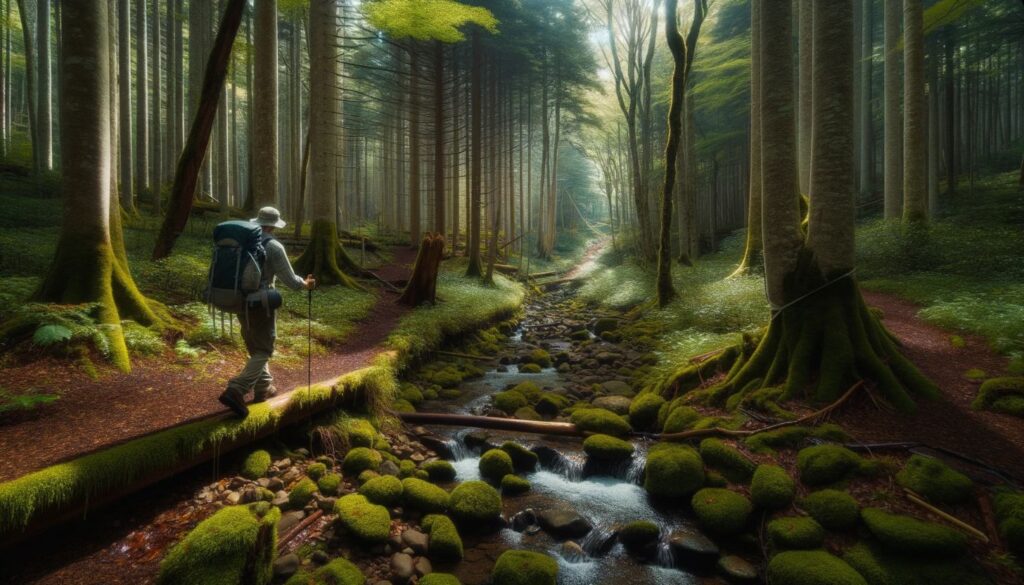
Reading Maps
Maps can provide valuable information about the terrain, including natural features, trails, and potential hazards. To read a map, start by identifying the legend, which explains the symbols used on the map. Next, determine your location and orient the map by aligning it with the surrounding features. Finally, use the map to plot a course to your destination, accounting for any obstacles or hazards along the way.
Utilizing Natural Landmarks
In some cases, natural landmarks can provide valuable orientation cues. For example, the sun rises in the east and sets in the west, making it possible to determine direction based on the position of the sun. Similarly, the flow of water can indicate the direction of downstream travel. By being aware of your surroundings and taking note of natural features, you can increase your chances of finding your way.
By mastering these navigation techniques, you can ensure that you are prepared for any situation, whether you’re exploring the wilderness or facing an emergency. Remember to always carry a compass and map, and be aware of your surroundings to increase your chances of survival.
First Aid Skills: Providing Critical Care in Emergencies
Being able to provide first aid in emergencies can be crucial in saving lives. Whether you find yourself in a natural disaster or a sudden accident, knowing how to stabilize a victim, control bleeding, or perform CPR can make a significant difference in the outcome of the situation.
One of the first things you should do in an emergency is to assess the situation and call for professional help if possible. While waiting for help to arrive, you can provide critical care to the victim to stabilize their condition. For example, if someone is bleeding, you can use direct pressure to control the bleeding, elevate the affected limb, and apply a tourniquet if necessary.
If someone is unconscious and not breathing, performing CPR can save their life. To perform CPR, start by placing one hand on top of the other in the middle of the chest and pressing down firmly and rapidly until help arrives.
Other essential first aid skills include wound management, treating injuries and illnesses, and recognizing the signs of shock. It’s crucial to prioritize care and provide the most urgent interventions first, such as treating severe bleeding, chest injuries, or airway obstructions.
To learn these skills, you can take a first aid course in your community or online. Practice these skills regularly to stay proficient and confident in using them in emergencies. Remember, having knowledge of first aid skills is an essential component of emergency survival skills.
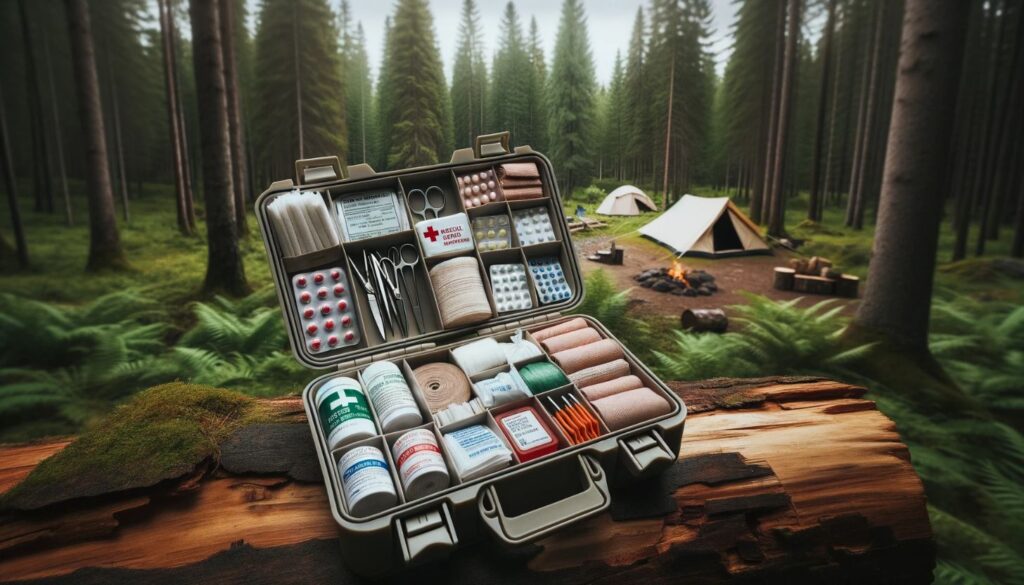
Self-Defense Techniques: Protecting Yourself and Others
In some emergency situations, self-defense techniques can be essential for protecting yourself and others. It is critical to be prepared and knowledgeable about self-defense methods to keep yourself safe from potential threats in challenging situations.
Learning self-defense techniques can increase your personal safety in different survival scenarios. Basic moves, such as punches and kicks, can be effective in distracting and warding off attackers. However, self-defense is not just about physical strength and power; situational awareness and de-escalation strategies are also crucial to avoid conflict and danger.
Strategies for Self-Defense
Here are some strategies for self-defense in emergency situations:
- Situational Awareness: Be aware of your surroundings at all times. Look for potential threats, and try to avoid dangerous situations and areas.
- De-escalation: Try to remain calm in tense situations, and use verbal communication to defuse potential conflicts. Avoid using physical force unless absolutely necessary.
- Physical Techniques: If you must use physical force, basic moves, such as punches and kicks, can be effective in distracting and warding off attackers. However, it is essential to learn proper techniques and practice regularly to be effective in self-defense situations.
Remember, self-defense techniques should only be used as a last resort in emergency situations. Avoid conflict and danger whenever possible, and prioritize personal safety.

By learning self-defense techniques and strategies, you can increase your chances of survival and protect yourself and others in challenging situations. Don’t underestimate the importance of self-defense in emergency preparedness and survival techniques.
Food Procurement in the Wild: Hunting, Fishing, and Foraging
When you find yourself in a wilderness survival situation, food procurement is critical for sustaining your energy and strength. Knowing how to hunt, fish, and forage for edible plants can be key to your survival. Here are some essential techniques and tips to help you procure food in the wild:
Hunting
Hunting requires patience and skill. It is important to familiarize yourself with local hunting laws and regulations before attempting to hunt. Look for tracks, droppings, and other signs of animal presence. Learn how to set traps and snares, and how to use various hunting weapons, such as bows, firearms, or knives. Always carry a hunting knife and learn how to properly dress and prepare your game.
Fishing
Fishing is an excellent way to procure food in the wild, especially near rivers, lakes, or the ocean. Learn how to use various fishing techniques, such as trap fishing, net fishing, or spearfishing. Make sure you have the proper fishing gear, including a fishing line, a hook, and bait. You can use natural bait, such as worms or insects, or you can fashion your own lures from feathers, hair, or other materials. Clean and cook fish properly to avoid food poisoning.
Foraging
Foraging for edible plants can provide you with essential nutrients, vitamins, and minerals. Learn how to identify edible plants and berries, and avoid poisonous ones. Some common edible plants include dandelion, cattail, chickweed, and wild berries. Be cautious when consuming mushrooms, as some can be highly toxic. Use a plant identification guide to help you identify plants, and always try a small amount before consuming a larger portion.

Remember, when sourcing food in the wild, it is important to respect the environment and the animals living in it. Follow proper hunting and fishing practices, avoid over-harvesting, and leave the area as you found it. With the right skills and knowledge, you can successfully procure food in the wild and increase your chances of survival in a wilderness survival situation.
Coping with Extreme Weather Conditions
Surviving in extreme weather conditions can be a daunting task. Whether you’re caught in a sudden storm or facing prolonged exposure to heat or cold, knowing how to cope with these challenges is essential for your survival.
One of the most important survival techniques for extreme weather conditions is proper dress. In cold and wet conditions, it’s crucial to wear layers of clothing to trap heat and prevent moisture from penetrating your clothing. In hot conditions, lightweight, breathable clothing is ideal to stay cool and prevent overheating.
| Weather Condition | Survival Technique |
|---|---|
| Extreme cold | Wear layers of clothing and insulate your shelter to trap heat. |
| Extreme heat | Wear lightweight, breathable clothing and seek shade or create a shelter. |
| Storms | Seek shelter indoors or create a sturdy shelter that can withstand high winds. |
Another essential survival technique is to create a shelter that can protect you from extreme weather conditions. If you’re stranded in the wilderness, building a shelter from natural materials can keep you safe and dry. If you’re in an urban area, seek shelter indoors or create a shelter that can withstand high winds and heavy rain.
It’s also crucial to protect yourself from weather-related dangers such as hypothermia or heatstroke. In cold conditions, avoid getting wet and stay active to generate body heat. In hot conditions, stay hydrated and seek shade or cooling areas to prevent overheating.
By following these survival techniques and being prepared with the right gear and supplies, you can increase your chances of surviving in extreme weather conditions. Remember to always prioritize your safety and seek professional help if necessary.
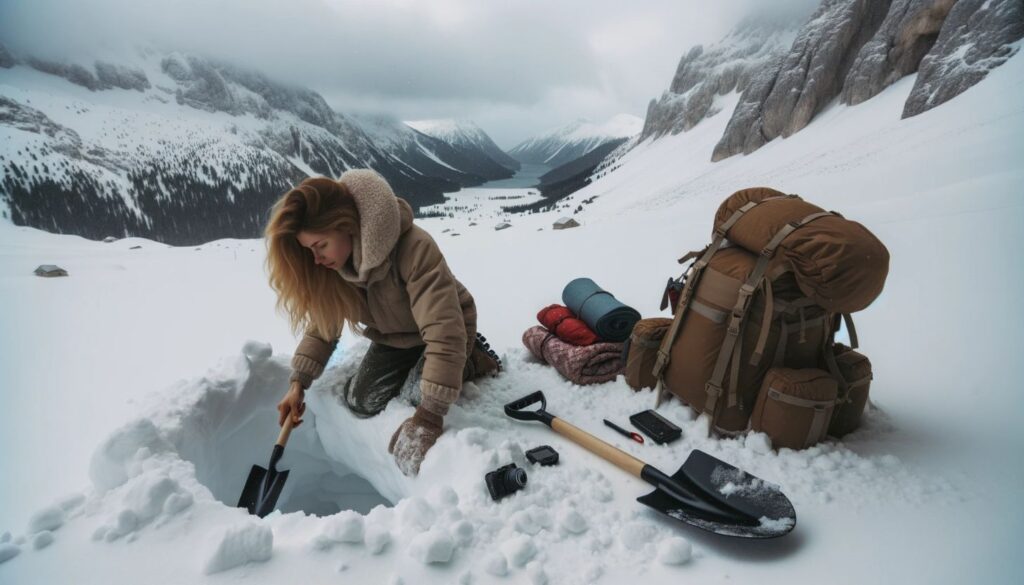
Building Mental Resilience for Emergency Preparedness
In emergency situations, mental resilience is just as crucial as physical preparedness. The ability to overcome stress and maintain a positive mindset can help you make better decisions, stay focused, and stay alive. Here are some survival techniques to help you build mental resilience for emergency preparedness:
Practice Mindfulness
Mindfulness can help you stay focused and calm in high-stress situations. Whether you’re waiting for rescue or trying to find your way out of the wilderness, taking deep breaths and staying present can help you stay focused on the task at hand. Take a few moments to meditate or practice deep breathing exercises every day to build your mindfulness muscle.
Maintain a Positive Attitude
Developing a positive attitude can help you stay motivated and focused in challenging situations. Try to find the silver lining in every situation, no matter how dire it may seem. Keeping a positive attitude can help you build mental resilience and help you overcome obstacles with ease.
Build a Strong Support System
Having a strong support system can help you stay positive and motivated during emergency situations. Surround yourself with people you can trust and rely on, whether it’s friends, family, or fellow survival enthusiasts. Knowing that you have a support system can help you stay calm and focused, even in chaotic situations.
Learn Stress Management Techniques
Stress can be a major obstacle to mental resilience. Learning stress management techniques, such as deep breathing, meditation, or yoga, can help you stay calm and focused in high-stress situations. Practice these techniques regularly so that they become second nature.
Remember Your Training
If you’ve taken the time to learn survival techniques and emergency preparedness skills, remember to put them into practice. Knowing that you have the skills and knowledge to survive can help you stay confident and focused in emergency situations. Regularly practicing these skills can help you build mental resilience and increase your chances of survival.
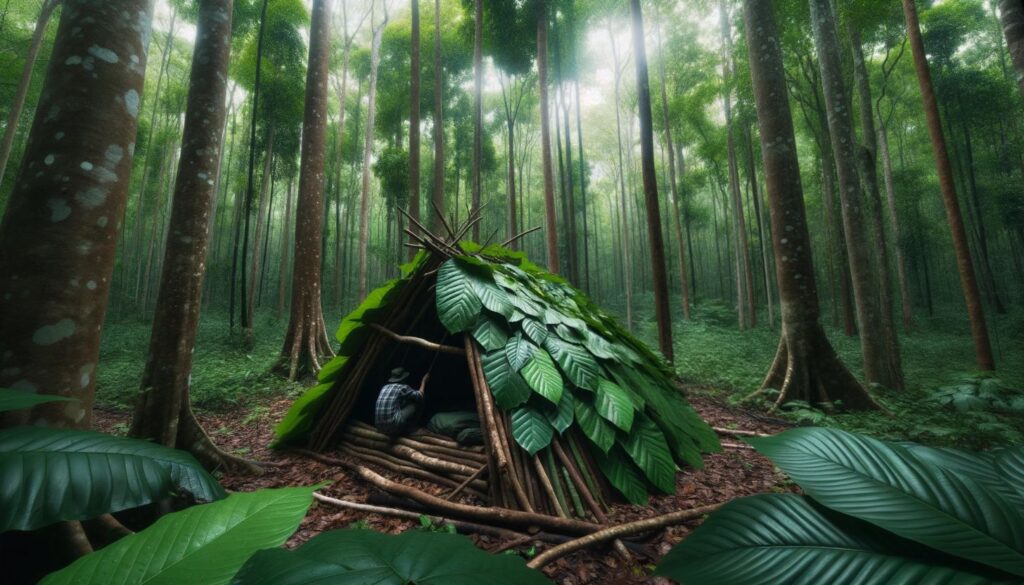
By practicing these survival techniques, you can build mental resilience and increase your chances of survival in emergency situations. Remember that preparation and practice are critical when it comes to emergency preparedness. Stay focused, stay positive, and stay alive.
Conclusion
By now, you have gained valuable knowledge and insights on mastering life-saving survival skills. Remember, emergencies and disasters can happen at any time and anywhere, so it is crucial to be prepared. Be proactive in building your emergency plan, assembling your survival kit, and practicing your survival techniques. Always remember to stay calm, rational, and focused in any crisis situation, and prioritize your safety and well-being.
With the skills and information provided in this guide, you can increase your chances of survival and thrive in challenging circumstances. Keep in mind that each survival situation is different, and there may not be a one-size-fits-all solution. Utilize your critical thinking skills, creativity, and resourcefulness to adapt to your surroundings and find the best course of action.
Stay Prepared and Stay Safe
Finally, we highly recommend that you maintain your emergency plan and survival kit regularly, updating them with new supplies and making necessary adjustments. Keep learning and expanding your knowledge of survival skills and emergency preparedness, and share this information with your friends, family, and community. Together, we can build a more resilient and prepared society. Stay prepared, stay safe, and remember that survival is possible with the right skills and mindset.
FAQ
What will this guide teach me?
Our guide will provide expert advice and techniques to master life-saving survival skills, including emergency preparedness, survival techniques, and tips for various critical situations.
Why is understanding emergency preparedness important?
Before diving into specific survival skills, it is crucial to understand the basics of emergency preparedness. This section will cover essential survival knowledge such as creating an emergency plan, assembling a survival kit, and understanding common threats and risks.
What should I include in my survival toolbox?
Having the right gear and tools can significantly enhance your chances of survival. This section will guide you through the essential items to include in your survival toolbox, such as multi-purpose tools, fire starters, navigation devices, and more.
How can I find shelter in challenging environments?
Finding shelter is key to surviving in challenging environments. This section will teach you various shelter-building techniques and provide essential tips for staying safe and protected, whether you’re stranded in the wilderness or facing a disaster.
What techniques can I use to source safe drinking water?
Water is essential for survival, but finding safe drinking water can be challenging in emergency situations. This section will explore different techniques for sourcing water, including natural sources, purification methods, and water storage.
How can I navigate and orient myself in unfamiliar terrain?
When faced with an emergency, knowing how to navigate and orient yourself in unfamiliar terrain can be a lifesaver. This section will cover essential navigation techniques, including using a compass, reading maps, and utilizing natural landmarks.
What first aid skills are important in emergencies?
Being able to provide first aid in emergencies can be crucial for saving lives. This section will explore essential first aid skills and techniques, such as CPR, wound management, and treating injuries and illnesses.
How can I protect myself and others through self-defense techniques?
In some survival situations, self-defense may become necessary to protect yourself or others. This section will introduce you to self-defense techniques that can be used to ward off potential threats and increase personal safety.
How can I procure food in the wild?
Sourcing food in the wild can sustain you during an extended survival situation. This section will teach you the basics of hunting, fishing, and foraging for edible plants, including essential techniques, tools, and safety considerations.
How can I cope with extreme weather conditions?
Extreme weather conditions can pose significant challenges to survival. This section will cover techniques for coping with extreme heat, cold, storms, and other weather-related scenarios, including appropriate dressing, shelter building, and protection from weather-related dangers.
How can I maintain mental resilience in survival situations?
In survival situations, mental resilience is as important as physical preparedness. This section will explore strategies for managing stress, cultivating a positive mindset, and boosting mental resilience to overcome challenging circumstances.

